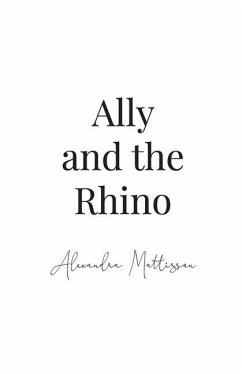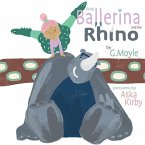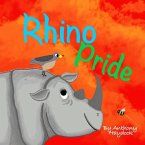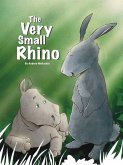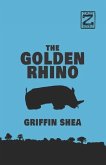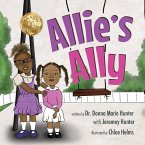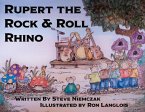Ally and the Rhino is a conservation book that highlights the plight of the endangered African rhino. On a game drive with her family, Ally stops for a break. Encountering a scared baby rhino, she calls for help. After sadly discovering that the rhino's mom had been poached for her horn, the orphan is sent to live at a sanctuary dedicated to the needs of baby rhinos. The poachers are caught and sent to jail. About Ally and the Rhino Poaching is one of the biggest threats to Africa's wildlife. Every year, large numbers of rhinos are poached for their horns. These horns are sold on the black market. Poaching takes place even within protected wildlife reservations, resulting in the need for anti-poaching units across the continent. One of the many devastating effects of poaching is the orphaned rhinos left behind. Rhino sanctuaries such as Care for Wild are dedicated to rescuing, rehabilitating and protecting orphaned rhinos. The ultimate goal is to rewild the orphans they rescue, helping to give the rhinos they save the opportunity to return to the wild. Ally's experience in learning about the struggles rhinos face and her work to volunteer with these gentle creatures helps to inspire a sense of compassion. Her experiences also help to show that adults and children have the power to get involved and make a difference. Ally and her new friend, the rhino, teach us about the huge impact poaching has on our wildlife, in a way that children can understand. Simple black and white illustrations are used to show that there are no grey areas when it comes to the protection of Africa's endangered wildlife. 20% of all proceeds from the sale of the Ally and the Rhino conservation book will be donated to Care for Wild Rhino Sanctuary to help them continue the work they do for orphaned rhinos. Links for more information about this book: * Book flip through video: https: //bit.ly/3s9G0ll * Illustrations: https: //bit.ly/47oVB0p Q&A Why are the illustrations drawn from the character's point of view? >Why is the artwork in the books in black and white? There are no grey areas when it comes to fighting against wildlife extinction. Furthermore, children bring the colour as they view the world in a way/perspective that seems otherworldly to us at times. Children are also our future so we, the adults, who can take action, are responsible for fighting for a better tomorrow today for them. Lastly, this provides the reader with the opportunity to add their colour to the story and thereby making it their own.
Hinweis: Dieser Artikel kann nur an eine deutsche Lieferadresse ausgeliefert werden.
Hinweis: Dieser Artikel kann nur an eine deutsche Lieferadresse ausgeliefert werden.

